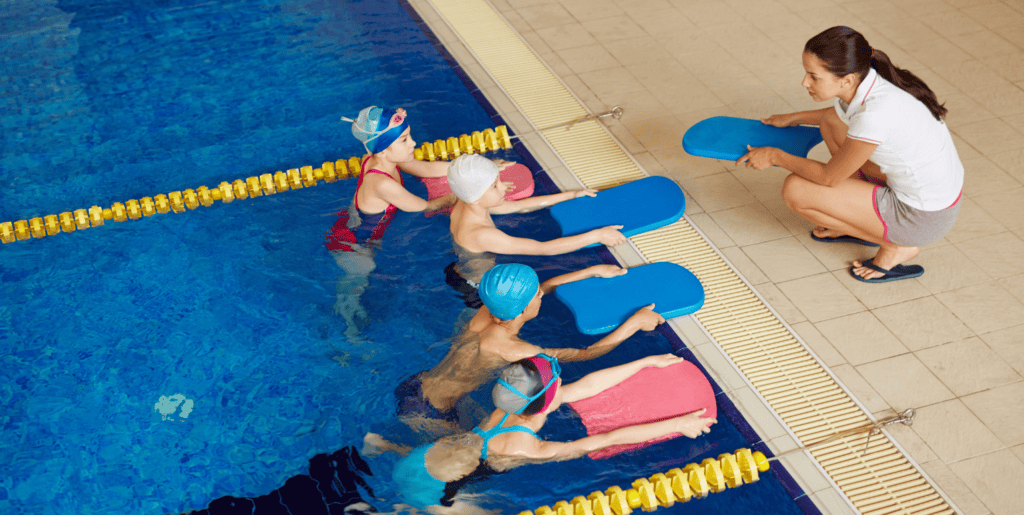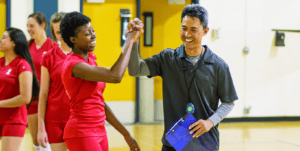PCA Resource zone
Positive Approaches to Provide Feedback

“I never criticize a player until they first are convinced of my unconditional confidence in their abilities.”
John Robinson, Former Head Football Coach, University of Southern California
Providing corrective feedback is important to learning new skills, however it could negatively impact athletes if not handled with care. Coaches who use positive approaches to feedback provide players with usable information that empowers them to improve while minimizing the negative emotional impact. When done correctly, coaches can help athletes build independence and resilience while developing both sport and life skills. Coaches can:
- Establish Trusting Relationships: Trusting, supportive relationships are fundamental to learning and development and are the foundation of positive coaching. Coaches who know their athletes as individuals will have a better understanding of how to deliver feedback to each athlete. When receiving feedback, an athlete is more likely to take in information if they trust the person who it is coming from has their best interest in mind.
- Ask Permission: Asking permission makes feedback easier to hear and apply because it gives the athlete control over receiving it. Coaches also show athletes that their preference is valued. Even if an athlete initially denies hearing feedback, their curiosity may cause them to come back and ask about it later. This tool applies to general feedback – but should not be used for something that requires immediate intervention such as poor sportsmanship or safety.
- Be Mindful of Non-Verbals: It is important to be mindful not only of what is being said, but how it is said. Coaches should be mindful of their body language, facial expressions, and tone of voice. Even the most positive message, if delivered in a frustrated tone or with negative body language, can negatively impact athletes.
- Avoid Non-Teachable Moments: There is too much emotion in some moments for feedback to be heard or acted upon, no matter how accurate, well-meaning, and perfectly delivered it may be. Coaches should be mindful of their players’ feelings after tough losses or painful mistakes and wait until athletes are regulated before giving feedback.
- Provide Feedback in Private: Public corrective feedback can be embarrassing and ineffective. Wait until you can give an athlete feedback in private – whether by calling them over to the sidelines quickly during practice or connecting briefly after a game. Praise in public, provide corrective feedback in private.
- Use If/Then Statements: If/Then statements ensure that information is clear and useful while also providing athletes a ‘why’ and can be easier to receive than direct instruction. Ex: “If you bend your knees when you shoot, then you’ll get better range on your 3-point shots.”
- Consider Impact vs. Intent: Words that cause harm to athletes are not excused by good intentions. Coaches should be mindful of what they say and what the impact could be – especially when considering cultural differences of their athletes receiving feedback. Coaches are not above making mistakes and should apologize and model humility if, indeed, their message is received poorly.
- Set a Positive Goal: Collaborate with athletes to develop a positive goal to strive for based on the feedback. Ex: “Now that we’ve discussed bending your knees when you shoot, let’s set a goal for how many times you’ll try this out during today’s practice.”







